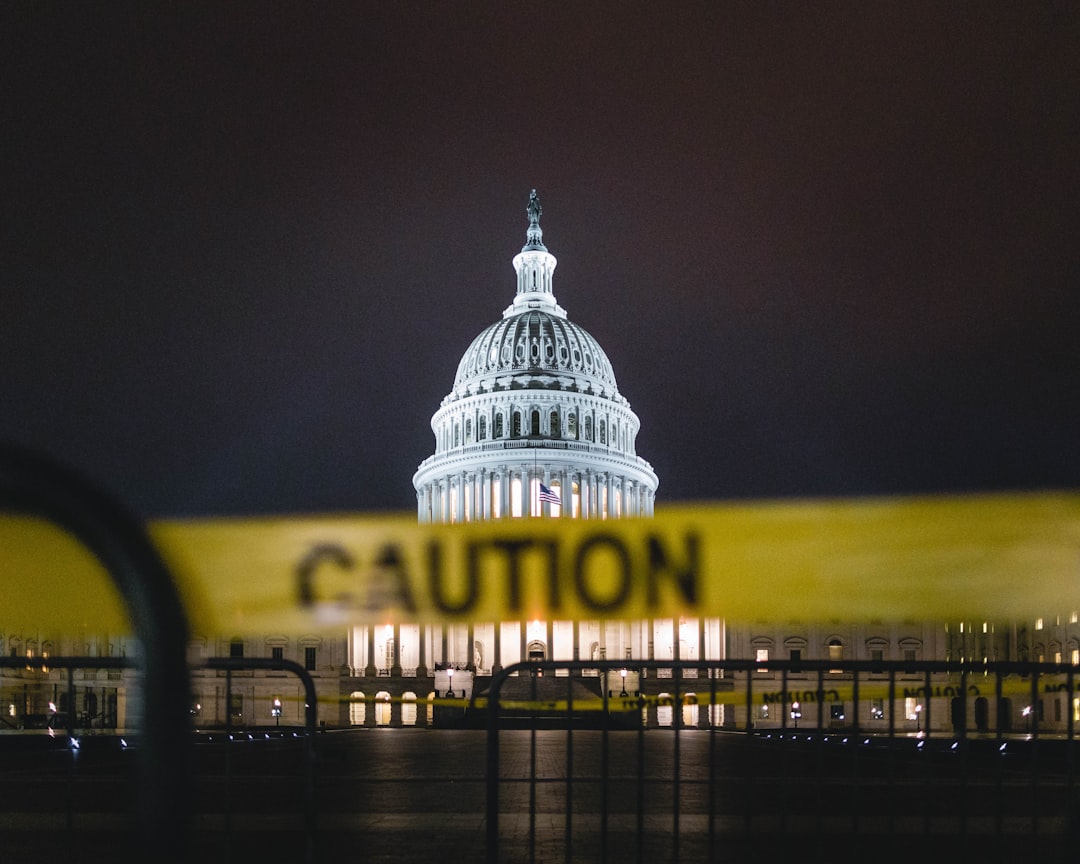The Shutdown’s Relentless March (Image Credits: Unsplash)
Dim lights flicker in emergency shelters still buzzing with the aftermath of relentless rains, while families wait for aid that seems just out of reach.
The Shutdown’s Relentless March
Imagine a clock ticking louder each day, marking not just time but real hardships for millions. The U.S. government shutdown, now pushing past 30 days, is on the verge of shattering previous records set in 2018-2019. What started as a funding dispute has ballooned into a crisis affecting everything from daily services to disaster response.
Officials in Washington are scrambling, but progress feels distant. Furloughs hit essential workers, and non-essential operations grind to a halt. This isn’t just politics; it’s a ripple effect touching lives across the nation.
Federal Workers on the Edge
Over 800,000 federal employees face uncertainty, many working without paychecks that could arrive weeks or months later. Air traffic controllers, for instance, keep planes in the sky despite the strain, but morale is low and errors could rise. Military personnel report for duty, yet their families stretch budgets thin.
The human cost mounts quietly. One controller shared how holiday plans evaporated, mirroring broader anxieties. As the shutdown drags, burnout becomes a real risk, potentially slowing responses to urgent needs like storm cleanup.
Hurricanes Meet Political Gridlock
Hurricane Melissa’s devastating path through Jamaica and potential U.S. threats highlight the timing’s cruelty. With the shutdown in full swing, agencies like FEMA operate on fumes, prioritizing immediate dangers but delaying long-term aid. Forecasts from the National Hurricane Center continue, yet research and maintenance stall, leaving gaps in preparedness.
Communities hit by earlier storms like Helene still rebuild slowly. Without full funding, debris removal lags, and insurance claims pile up unanswered. Experts warn that another tropical system could overwhelm an already stretched system.
Economic Ripples Widen
The budget office estimates losses between $7 billion and $14 billion so far, hitting everything from tourism to small businesses in storm zones. Airports see delays, and travel grinds slower, stranding aid supplies. Low-income families, reliant on programs like SNAP, brace for benefit disruptions despite court orders.
Yet the pain isn’t evenly spread. Red states recovering from hurricanes feel the pinch hardest, with emergency funding cuts looming under proposed policies. Local economies teeter, as federal dollars that once flowed freely now trickle in.
Key Services Under Strain
Here’s a quick look at how the shutdown bites into daily life, especially amid hurricane season:
- National parks close, limiting access for displaced families seeking refuge.
- Environmental monitoring slows, raising concerns over pollution in floodwaters.
- Visa processing halts, affecting international aid workers rushing to help.
- Research on climate patterns pauses, just when storm data is crucial.
- Coast Guard operations continue but with reduced resources for search and rescue.
These aren’t abstract issues. In Florida and the Carolinas, where hurricanes leave lasting scars, every delay compounds the damage.
The Blame Game in Congress
Democrats push for tying relief to protections like ACA subsidies, while Republicans demand spending cuts and clean funding bills. Senate filibusters block progress, and the House adjourns without resolution. President Trump’s stance adds fuel, as he eyes broader reforms amid the chaos.
Polls show growing frustration, with both parties earning poor marks for handling the mess. Voters in affected areas voice anger online, demanding action over partisanship. Still, no easy fix emerges, prolonging the standoff.
Looking Ahead: Paths to Resolution
A judge’s ruling offers hope for SNAP continuity, but November payments hang in doubt. Prediction markets peg shutdown odds high into the year, pressuring lawmakers to act. Emergency measures might patch holes, yet full recovery demands a deal soon.
Communities adapt with local fundraisers and volunteer drives, showing resilience. However, federal support remains vital for large-scale rebuilding.
Key Takeaways
- Shutdown costs could top $20 billion if unresolved, stalling hurricane aid.
- Essential services persist but at reduced capacity, risking oversights in storm zones.
- Political compromise is key; without it, vulnerable areas suffer most.
In the end, this shutdown isn’t just a Washington headache – it’s a barrier to healing for storm-battered lives. As records loom, the urgency for unity grows. What do you think could break the impasse? Share in the comments below.




